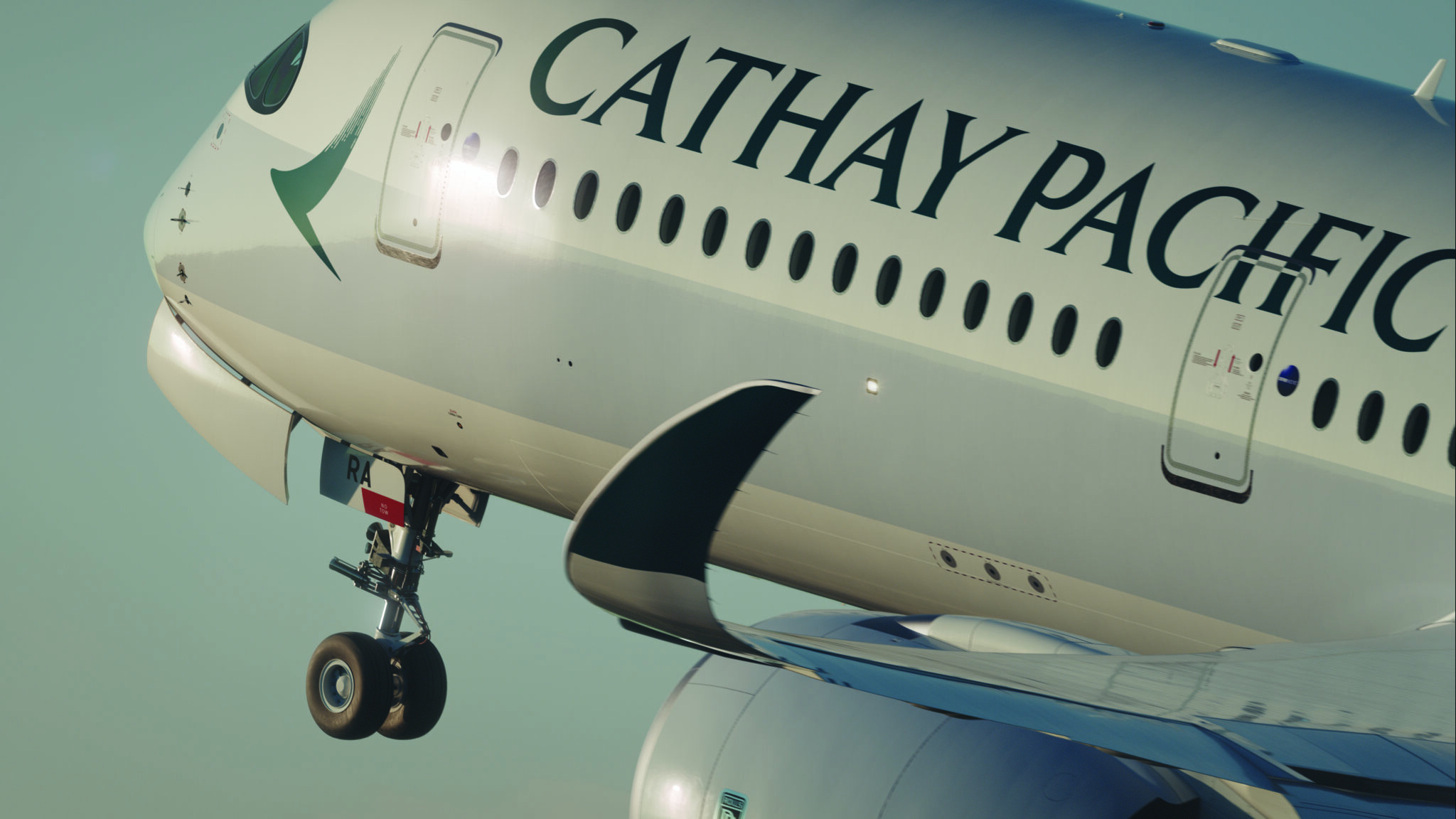High-Speed Wi-Fi on Connected Planes Will Fly Sooner Than You Think
Skift Take
Faster Wi-Fi speeds are coming to the skies, bringing high-capacity broadband along for the ride, with global infrastructure programs expected to reach critical mass over the next five years.
Like the evolution of connectivity services on the ground, the delay in the air has been one of equipment and infrastructure. Unlike services on the ground, getting fast (or any) connections at 30,000 feet requires more than fiber optic cables.
Satellite launches and expanded air-to-ground mobile tower infrastructure are the only ways to get Wi-Fi to aircraft, and airlines have to be persuaded to install radome antennas on their aircraft which can receive those signals. With infrastructure still evolving, and data transmitted on a range of radio frequencies (bands), knowing which is the right antenna to install has been a challenge for airlines.
New antennas have become steerable, turning to find the ideal band available (Ka/Ku), or making hybrid air-to-ground and satellite connections. This means that aircraft will find various options to connect by region, taking us from today’s spotty service coverage to tomorrow’s cohesive global network.
The infrastructure which will support aviation’s vision of seamless high-speed, high-broadband Wi-Fi connections will reach maturity by 2020. There are details to work out, but working them out is a high-priority for those involved in this sector of the industry.
The big hurdle is persuading airlines to equip aircraft by building a business case for connectivity, and connectivity suppliers are making headway.
These are only some of the solutions coming to the fore:
SITA OnAir brings a wide-variety of Wi-Fi products to passengers: mobile telephony, wireless in-flight entertainment and LiveTV, and Wi-Fi internet access. The company has a suite of connected aircraft solutions, enhanced by SITA’s standing as an IT solutions provider of choice for the industry. This merging of capabilities allows the quick installation and integration of flight systems, with IT systems and software to help airlines capitalize on the data gathered from connected aircraft.
“The connected aircraft will transform both the passenger and crew experience while improving airlines’ operational efficiency,” said Francesco Violante, CEO of SITA. “It’s a win-win for passengers and airlines, connecting people throughout their whole journey, increasing revenue by encouraging more people to fly, and reducing costs by improving turnaround times and on-time performance.”
Honeywell provides both hardware and connectivity to bring high-speed broadband experience to the skies. The company will connect users to Inmarsat’s GX Aviation high-speed, broadband network almost anywhere on the planet, even over the oceans with satellite technologies operating at Ka-band frequencies. The service is scheduled to begin in late 2015 and is capable of delivering up to 50Mbps broadband to the aircraft. Honeywell is a big proponent of free Wi-Fi to passengers and also proposes that connected aircraft solutions make a strong business case in favor of hardware installation.
ViaSat’s Exede In The Air won a Crystal Cabin Award this year for its high-speed connectivity, which powers JetBlue’s Fly-Fi, a portion of United’s fleet, and, in collaboration with Eutelsat will bring high-speed over the Atlantic on El Al. It offers every connected passenger up to 12 Mbps to play with.
ViaSat has revealed a new Ka/Ku antenna which, coupled with strategic satellite partnerships and the launch of its ViaSat-2 satellite, will extend its coverage beyond North America and Europe, uninterrupted, across the globe. The company told us at the Aircraft Interiors Expo that it is reviewing connected aircraft solutions, and ViaSat points to the value of streaming entertainment as a compelling business case of its own, generating additional opportunities for airline revenue.
“In-flight Wi-Fi connectivity is an influencing factor in how passengers choose their airline carrier. To be competitive, airlines must go beyond delivering good Wi-Fi service to delivering a best-in-class Wi-Fi strategy to differentiate their core business and increase passenger engagement and loyalty,” says Don Buchman, vice president and general manager, Commercial Mobility Business, ViaSat.
Gogo has also announced plans to offer connected aircraft solutions to airlines, as a complement to its connectivity services and its partnership with Honeywell will facilitate that. In a white paper on the connected aircraft, Gogo presents a compelling business case for airlines.
“There is general industry consensus that the connected airline represents the future of airline operations and will bring significant operational efficiencies, thereby lowering operating costs and/or increasing revenue. This is crucial for an industry where processes and costs must be continually streamlined to maintain profitability. According to Valour Consultancy estimates, the connected airline could save the aviation industry over $1 billion annually,” the Gogo report states.




